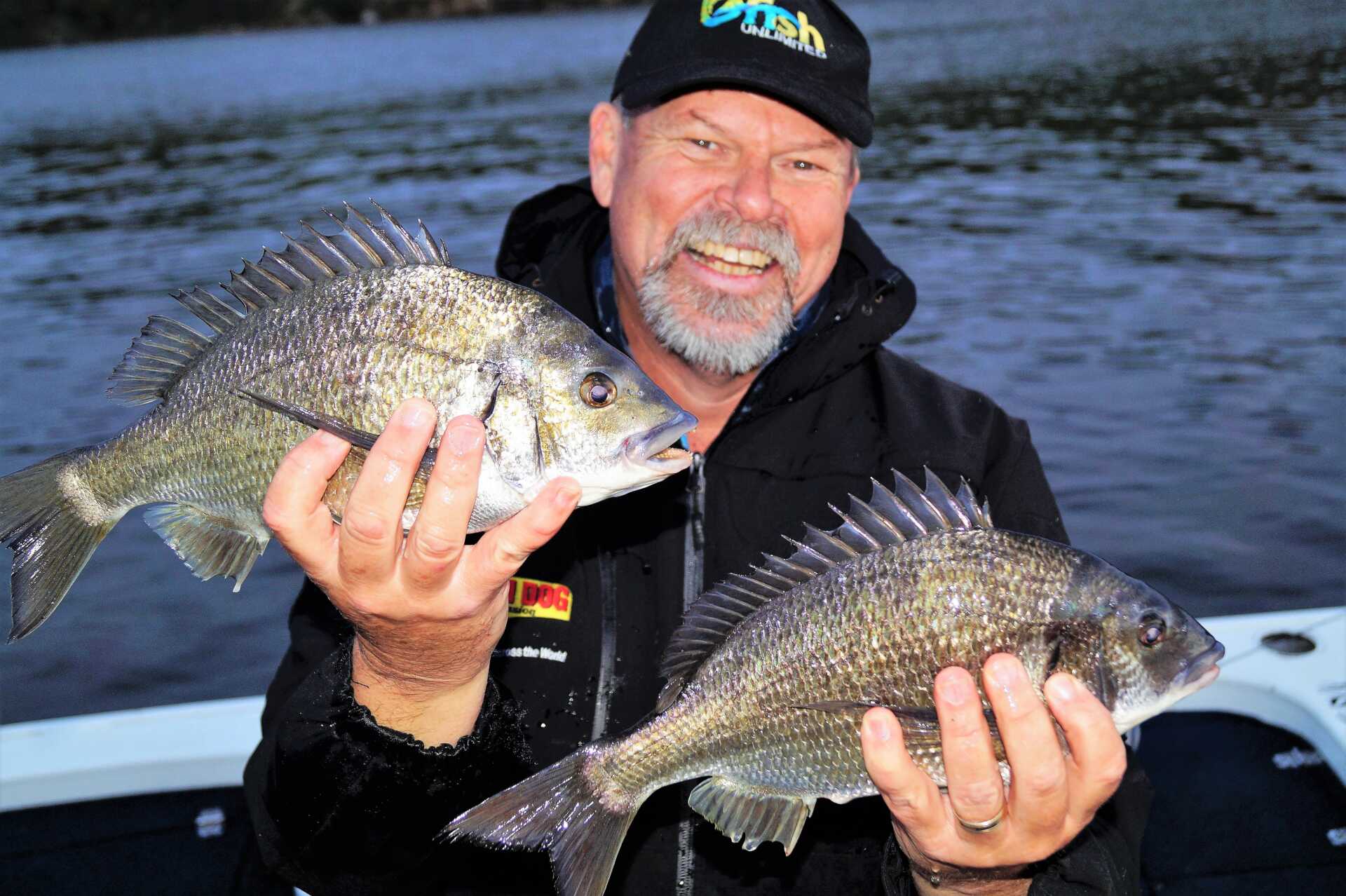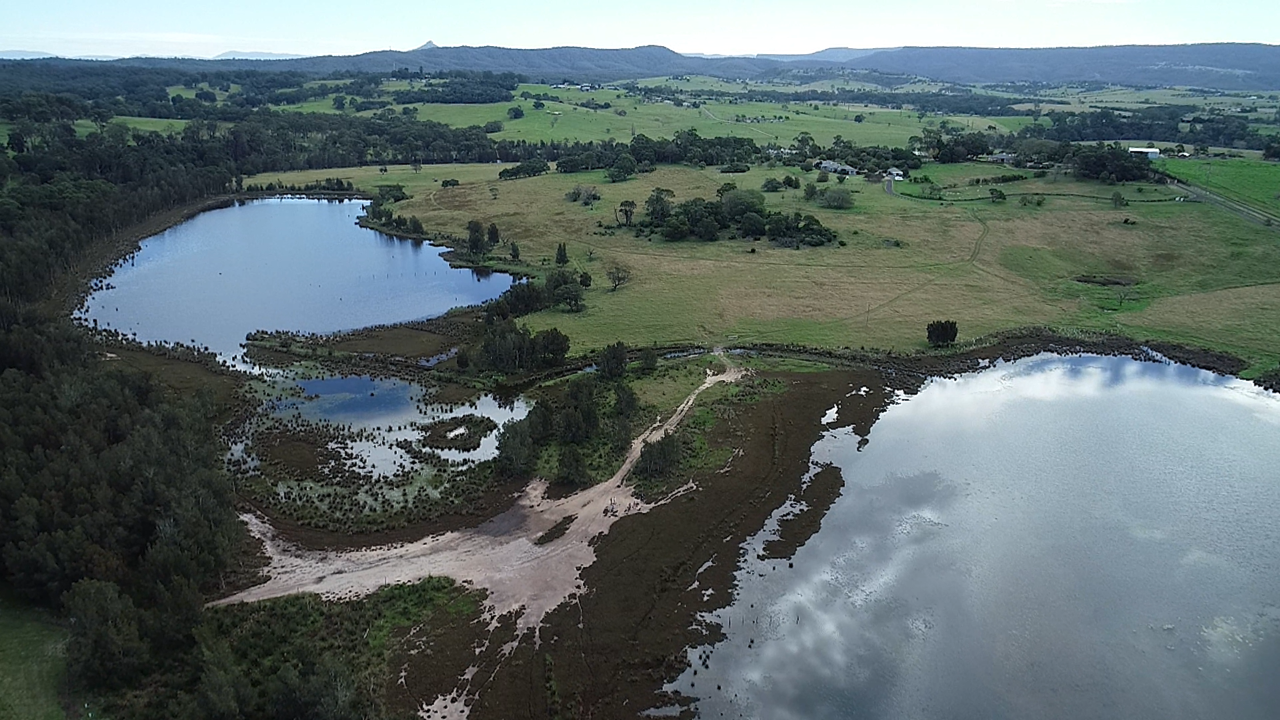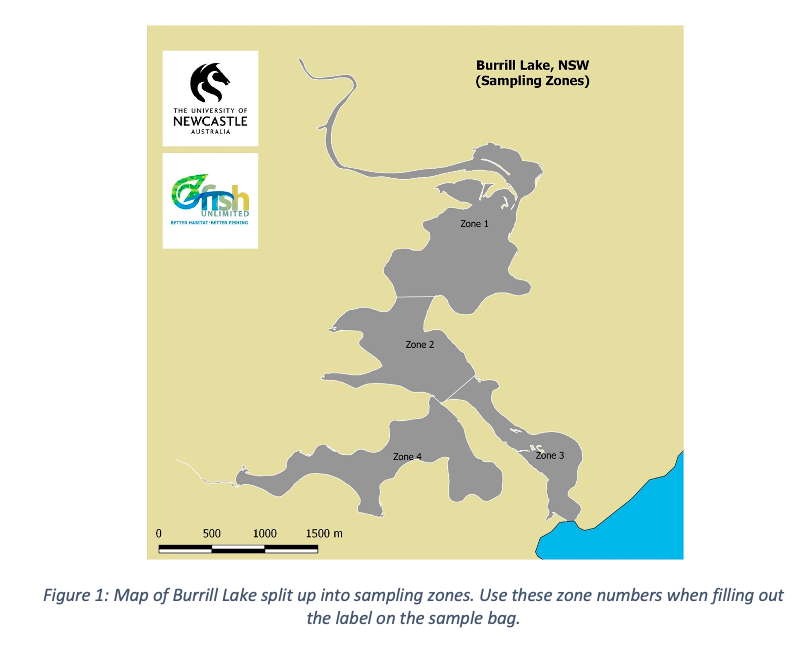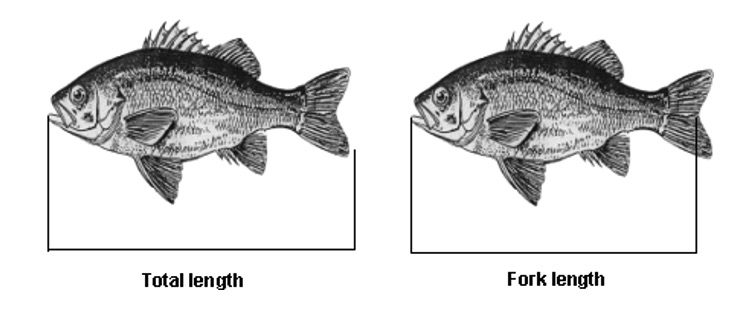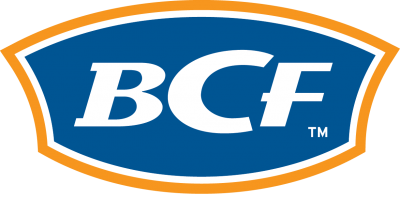This exciting citizen science project is a chance for fishers to contribute to important fish habitat research at Burrill Lake. The research aims to better understand the flow-on benefits of habitat restoration for fish and recreational fishers.
Burrill Lake Saltmarsh
Saltmarshes are key fish habitat. Research has found that they make a proportionally high contribution to fish diets.
Sadly, the saltmarsh at Burrill Lake is in a degraded state. This project aims to improve recreational fishing by restoring the degraded habitat. In addition to habitat restoration, the project also aims to answer some important questions about fish diets, and the effects of habitat restoration on fish and fishing.
Researchers from the University of Newcastle will analyse fish samples collected by recreational fishers. The results from this research will be used to guide future fish habitat restoration projects.
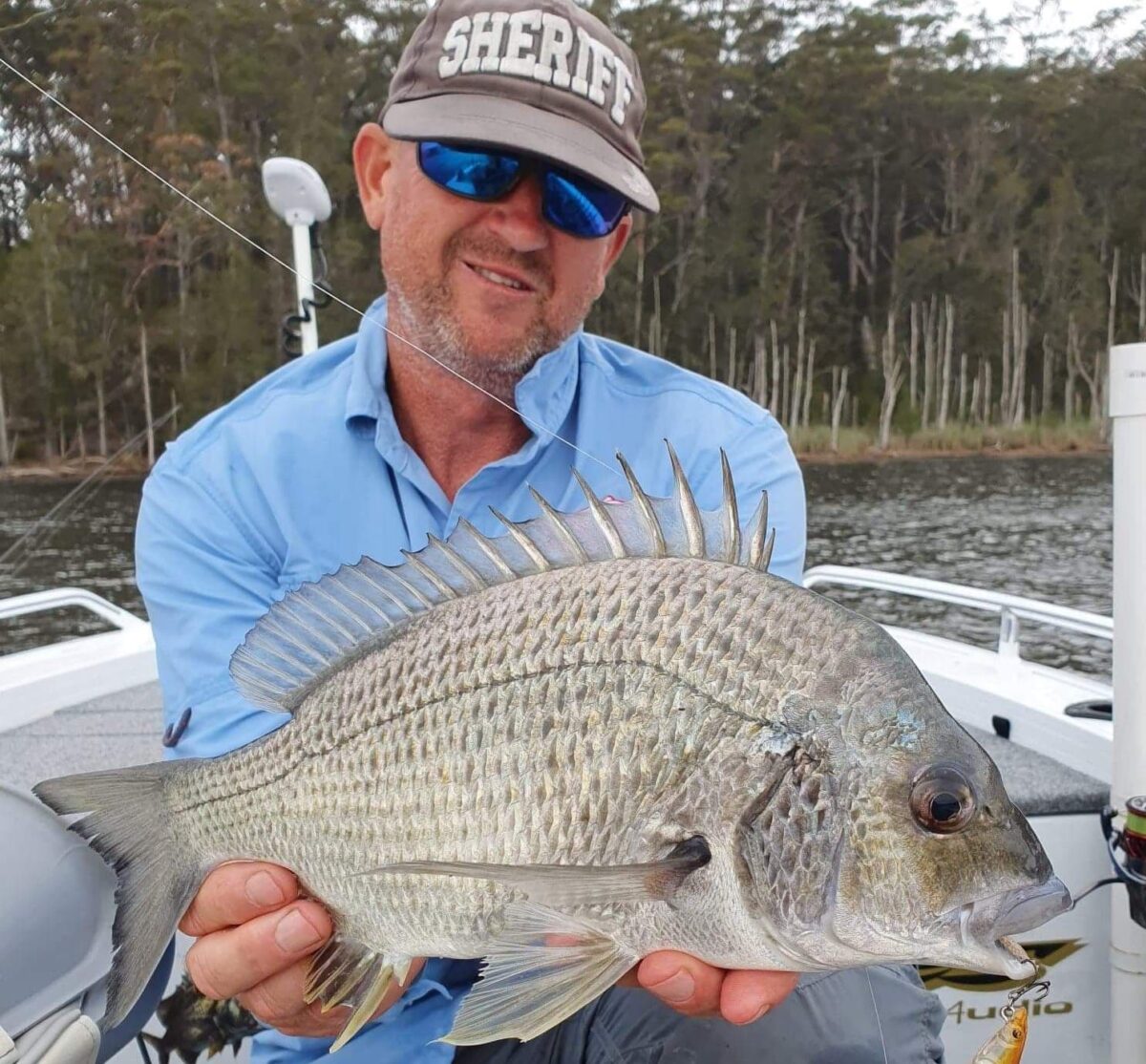
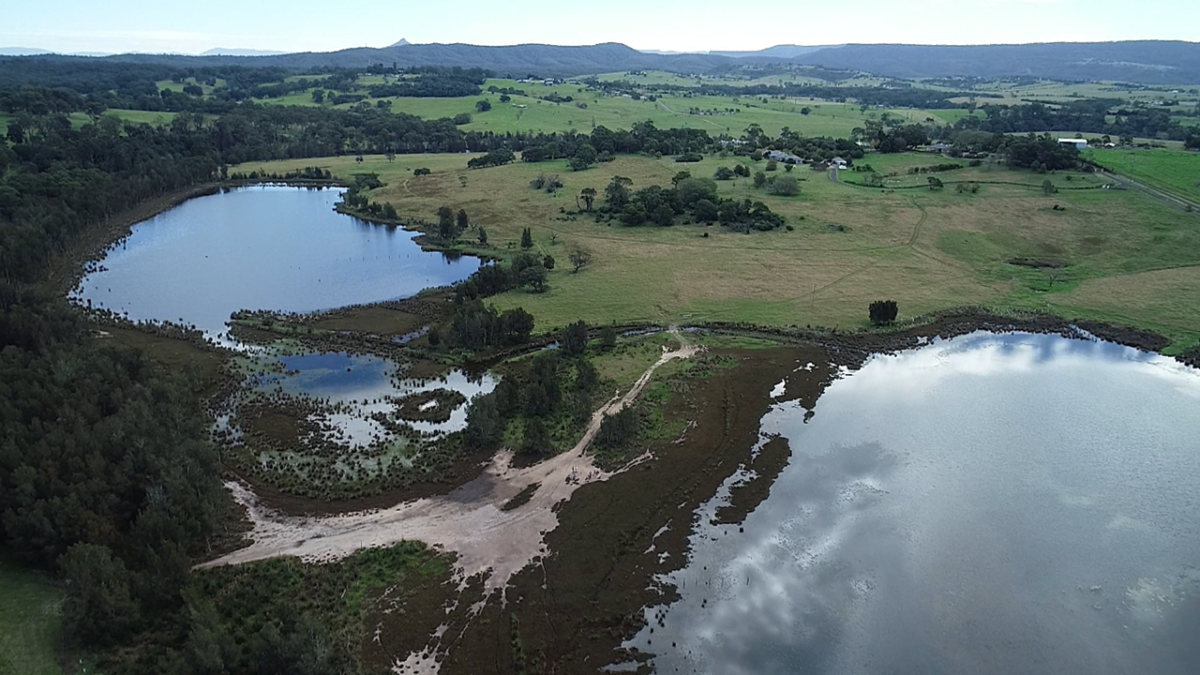
We need your help
The next time you snag a fish, keep a small piece aside and make a valuable contribution to this fish habitat restoration project.
We are looking for recreational fishers to provide us with a small tissue sample from their catch. The samples will be used to determine which species rely on which habitats for their food. We also want to know if this changes over time as more saltmarsh becomes available within the system.
Sample collection packs
We have put together a number of sample collection packs that you can collect from the Big4 Bungalow Park on Burrill Lake that includes sample bags, tape measure, labels and simple instructions on how to prepare, label and store the tissue samples until we can collect them from you or the park. If you are taking your samples home, please register here so we can let your know when the next sample collection is for you to drop off your batch of samples.
The University of Newcastle will be conducting fieldwork seasonally on Burrill Lake during which we will do a sample collection pickup at the BIG4 Bungalow Park, and a central location which registered local participants will be notified of closer to the date if they decide to store the samples in their own freezer at home.
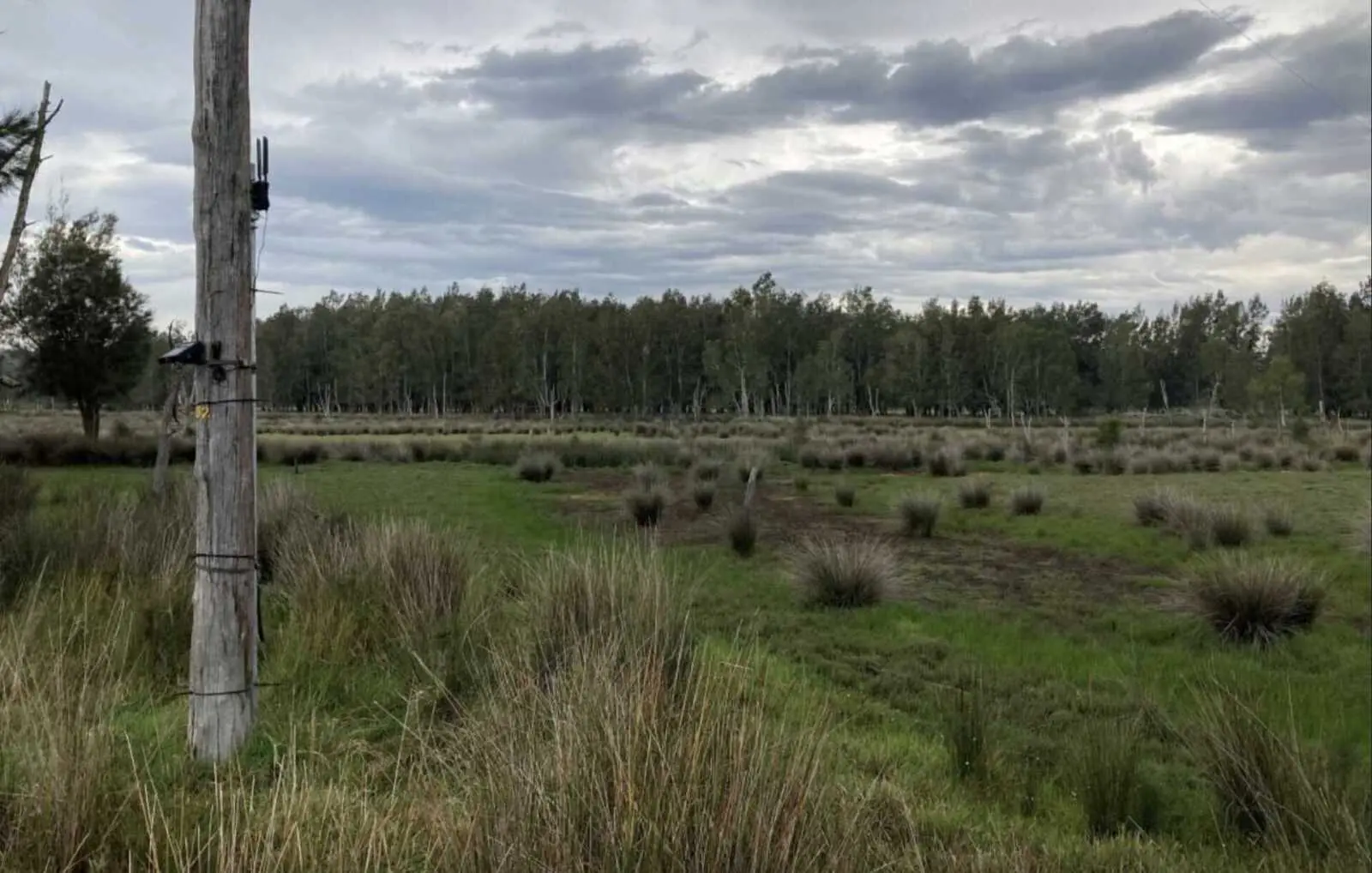
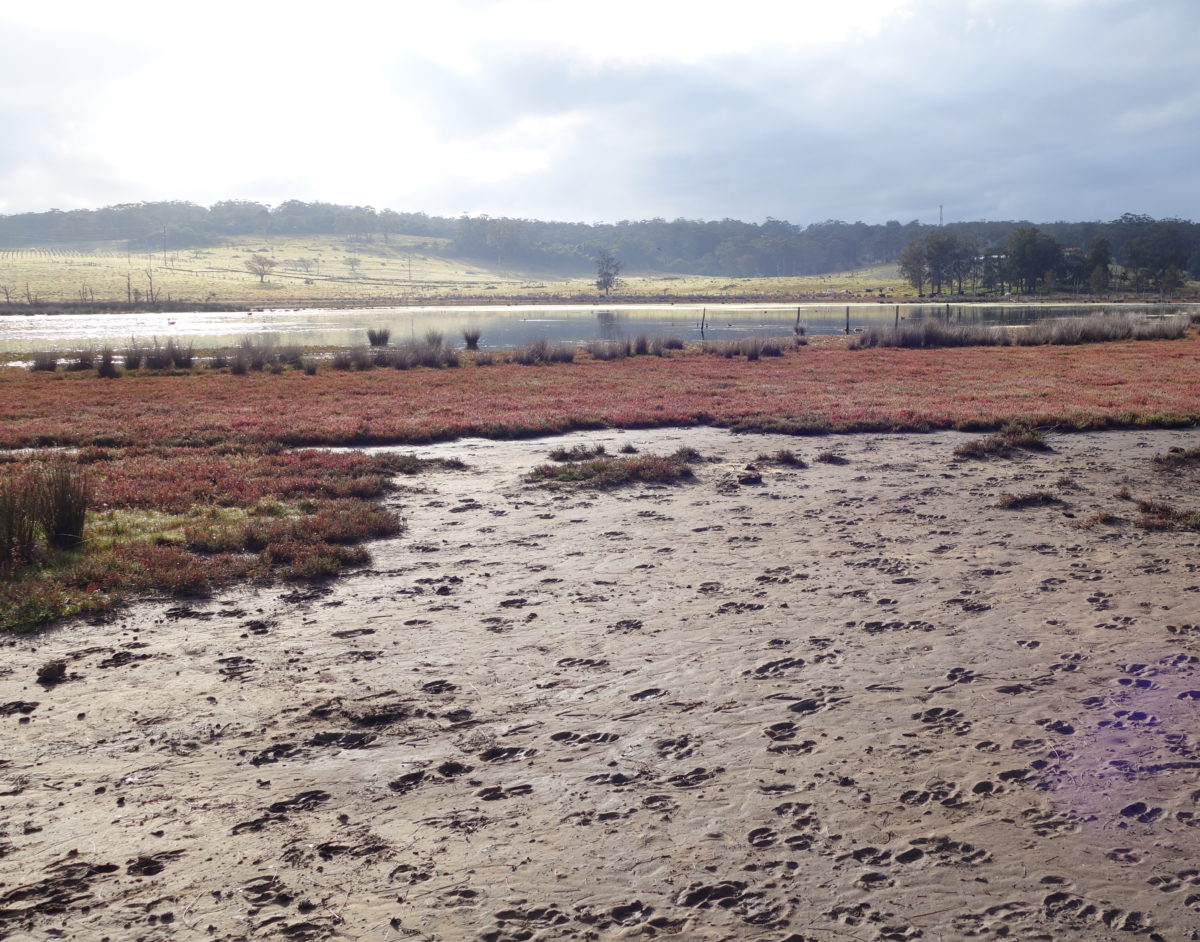
Habitat Degradation
Unfortunately, primarily owing to cattle grazing, the saltmarsh at the northern edge of Burrill Lake is in a degraded state.
The cattle eat the saltmarsh and their hooves disturb new growth and compact the ground, making it difficult for regrowth to occur. To rehabilitate the site, a fence will be erected to keep the cattle out of the saltmarsh.
Further to this, new plants will be added to assist rehabilitation of the site. The project aims to improve the quality and quantity of saltmarsh in Burrill Lake and to investigate the flow on effects to the resident fish with the hope of improved recreational fishing within the lake.
Did you know saltmarshes are vital fish habitat?
Check out our unpack habitat to understand more about why they are important to fish.
Research and monitoring
The University of Newcastle has been monitoring the lake before, during and after the restoration of the site through a number of projects.
One way the importance of a food source to a particular species can be measured is by a natural chemical tracer – stable isotopes. Isotopes are atoms of the same element that are naturally present in nature. The isotopes of carbon and nitrogen are used most often to trace where species get their energy.
Gut content analysis shows what an organism has been eating, but doesn’t indicate which food items were most important. By measuring stable isotopes and using statistics, researchers will be able to determine the relative proportion of each food source
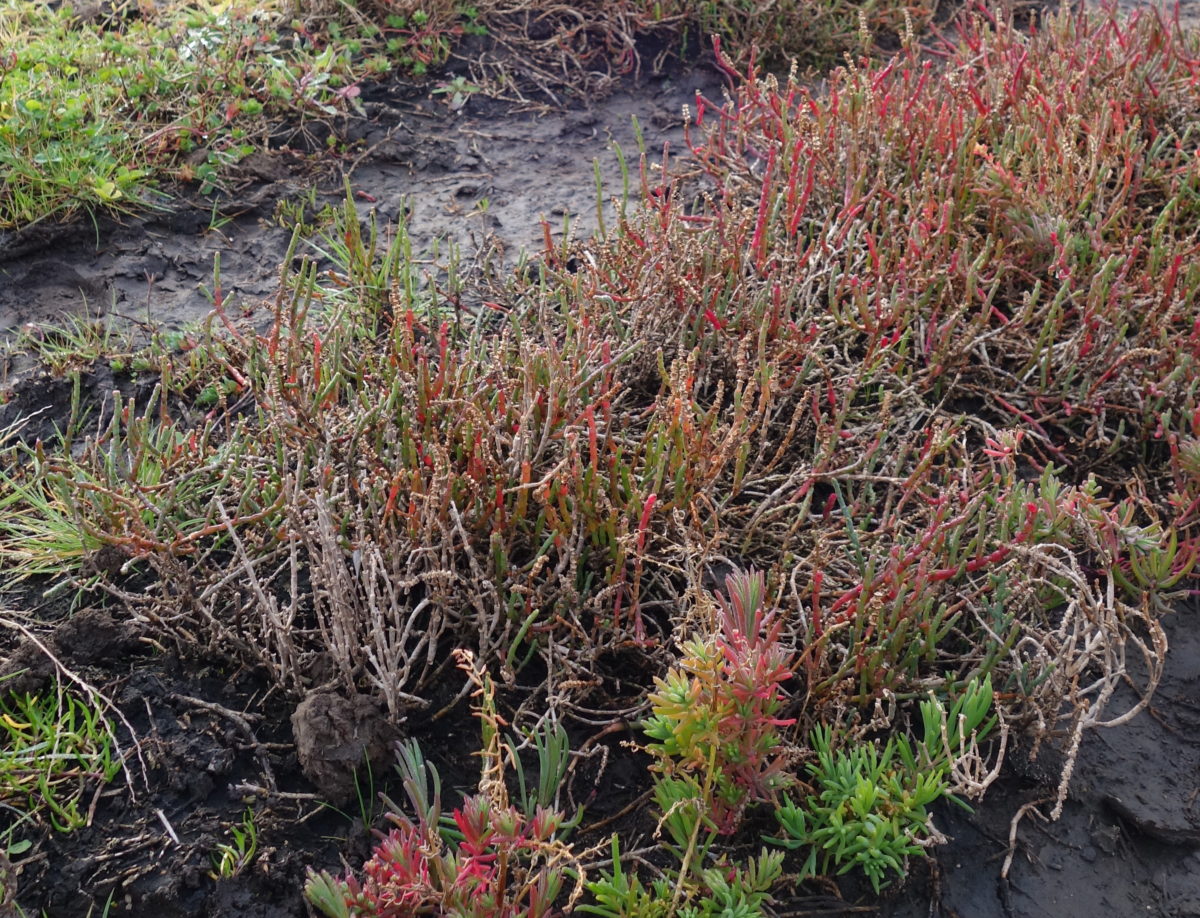
TAKING A SAMPLE
OTHER FREQUENTLY ASKED QUESTIONS
LATEST NEWS
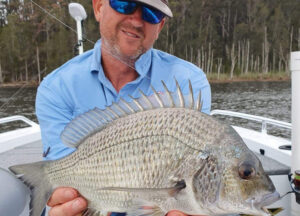
18 DECEMBER 2020 | Rec fishers needed to help Burrill Lake saltmarshes shine
Local and visiting recreational anglers at Burrill Lake can contribute to important citizen science research over the next 12 months by collecting small samples from their catch and dropping them into Big4 Bungalow Park on Burrill Lake for habitat research.
Developed by the University of Newcastle in partnership with Australia’s fishing conservation charity OzFish Unlimited, the data will provide a better understanding of the benefits of saltmarsh habitat restoration for both fish and recreational fishers.
For any further queries feel free to contact:
Ryan Lungu – OzFish Program Manager NSW Coast
ryanlungu@ozfish.org.au
Lucas Kas – OzFish Project Officer
lucaskas@ozfish.org.au
Ben Cuerel – University of Newcastle
benjamin.cuerel@uon.edu.au
Mark Bennett – University of Newcastle
mark.a.bennett@uon.edu.au

